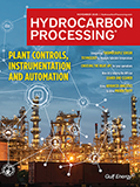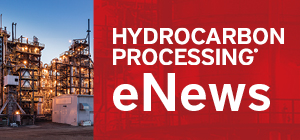March 2025
Special Focus: Petrochemical Technologies
Optimize direct air carbon capture systems for petrochemical sustainability
The advent of direct air carbon capture (DACC) systems presents a groundbreaking opportunity to capture carbon dioxide (CO2) and repurpose it as a valuable feedstock for petrochemical products like methanol and synthetic fuels.
This is a preview of our premium content. Thank you for your interest—please log in or subscribe to read the full article.






Comments